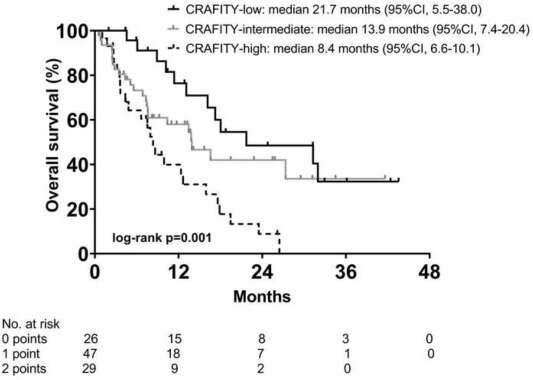Score based on simple laboratory parameters predicts outcome in liver cancer patients receiving immunotherapy


There are still no established biomarkers to predict the success of immunotherapy in patients with liver cancer. In a multicentre study led by Matthias Pinter from the Division of Gastroenterology and Hepatology of the Medical University of Vienna, a score based on simple laboratory parameters has now been developed to predict outcome in liver cancer patients receiving immunotherapy. The results were published in the Journal of Hepatology.
With the aim of providing personalized medicine (also known as precision medicine), the Liver Cancer (HCC) Study Group Vienna, headed by Matthias Pinter at the Division of Gastroenterology and Hepatology of the Department of Medicine III at MedUni Vienna and Vienna General Hospital, is primarily concerned with identifying groups of patients who might respond particularly well to certain forms of treatment.
The recent large-scale retrospective international study developed a score based on the two routine laboratory parameters alpha-fetoprotein (AFP; tumor marker) and C-reactive protein (CRP; inflammatory marker) that correlated with outcome in liver cancer patients treated with immunotherapy. “If both parameters were elevated above a certain level, patients had significantly shorter survival and a lower probability of achieving radiological disease control with immunotherapy,” said first author Bernhard Scheiner, “Both parameters, AFP and CRP, may influence the tumor immune milieu to favor tumor growth and potentially render immunotherapy less effective.”
The results were validated in an independent cohort. A total of 14 European centers participated in this study. “Because the score is based on simple laboratory parameters, it is objective and widely available. In future, the score could help in the selection of patients for clinical trials and support decision-making in clinical practice,” says Matthias Pinter.
Immunotherapy for hepatocellular carcinoma
Source: Read Full Article